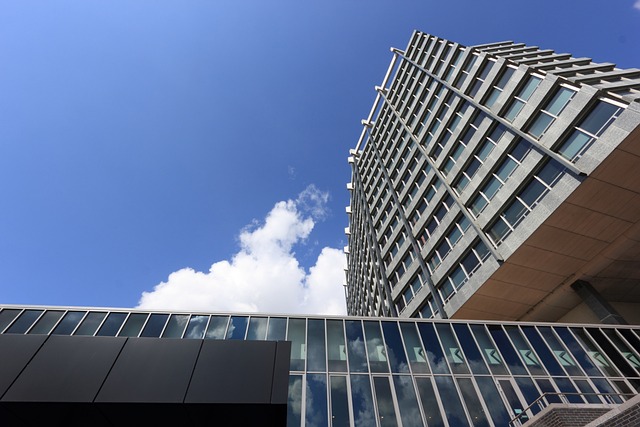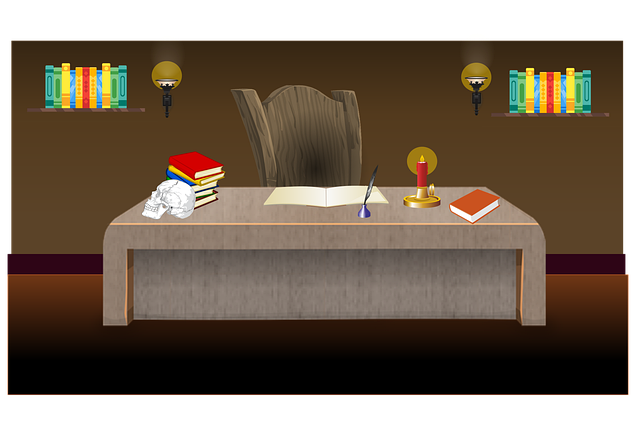The corporate real estate market is witnessing a significant shift towards suburban office spaces, driven by employee preferences for better work-life balance and quieter environments. Changing demographics, especially among millennials and Gen Z, and the rise of remote work have fueled this trend. Suburban areas are now attracting businesses and professionals with their tranquil yet accessible settings, ample green spaces, smaller communities, and lower living costs. Real estate developers are responding by creating mixed-use developments integrating residential, commercial, retail, and recreational spaces, revolutionizing urban planning. Additionally, suburban offices are being transformed into flexible, collaborative environments with open-plan layouts, natural lighting, green spaces, and ergonomic furniture to attract and retain top talent.
Suburban offices are experiencing a surprising renaissance, as businesses rediscover the benefits of these once-overlooked locations. In today’s dynamic workplace landscape, companies are reevaluating their real estate choices and opting for suburban settings over urban centers. This shift is driven by changing employee preferences, cost-effectiveness, and the desire to create collaborative, community-focused spaces. With thoughtful design and adaptation, suburban offices can unlock new levels of productivity and foster a unique work culture, making them an attractive option in the competitive real estate market.
The Shifting Workplace Dynamics: Why Suburban Offices are Back in Style

In recent years, the corporate landscape has witnessed a significant shift in employee preferences, leading to a resurgence in the appeal of suburban offices. This reversal of urban-centric work trends is driven by several key factors. One prominent reason is the changing demographics of the workforce; millennials and Gen Z professionals are increasingly seeking more balanced lifestyles that allow them to commute shorter distances and enjoy a better work-life integration. Suburban areas offer a quieter, more peaceful environment, contrasting the hustle and bustle of bustling urban centers, which appeals to these generations’ desire for a healthier mental space.
Additionally, the rise of remote work has played a pivotal role in this revival. Many companies have adopted flexible work policies, enabling employees to choose where they work from, as long as productivity goals are met. This has opened up opportunities for suburban real estate, as professionals can now live further from downtown areas while still maintaining accessibility to their workplaces. As a result, suburban offices are not just about commuting convenience; they represent a new era of workplace flexibility and the integration of modern lifestyle preferences into professional settings.
Real Estate Trends: Unlocking the Potential of Suburban Areas

The real estate market has witnessed a significant shift in recent years, with suburban areas gaining unprecedented attention from businesses and professionals. This trend is reshaping urban landscapes as companies seek alternative locations beyond traditional city centers. The appeal of suburban spaces lies in their ability to offer a unique blend of tranquility and accessibility. With ample green spaces, smaller communities, and often more affordable living costs, these areas provide an attractive alternative for businesses aiming to create a distinct work environment while retaining top talent.
Real estate developers and investors are now recognizing the untapped potential of suburban regions. The rise in remote work has further fueled this movement as companies explore options to cater to diverse employee preferences. As a result, we’re seeing a surge in mixed-use developments, where residential spaces seamlessly integrate with commercial offices, retail shops, and recreational facilities, fostering vibrant and self-sustaining communities. This trend promises to redefine urban planning and create more livable, balanced environments for both residents and workers alike.
Transforming Spaces: Adapting Suburban Offices for Modern Work Cultures

In recent years, suburban offices have undergone a remarkable transformation, adapting to the evolving needs of modern work cultures. The shift from traditional urban settings to the tranquility of the suburbs is not just a trend but a strategic move for many businesses. Real estate developers and property managers are now focusing on creating flexible and collaborative workspaces that cater to diverse employee preferences.
This transformation involves rethinking space utilization, incorporating technology, and prioritizing comfort and productivity. Open-plan layouts, once the norm, are being redefined with private nooks for focused work, while shared collaboration areas foster teamwork. Natural lighting, green spaces, and ergonomic furniture are becoming essential elements in designing suburban offices that attract and retain talent. Such adaptations ensure these workspaces remain competitive, offering a desirable alternative to bustling urban centers.






